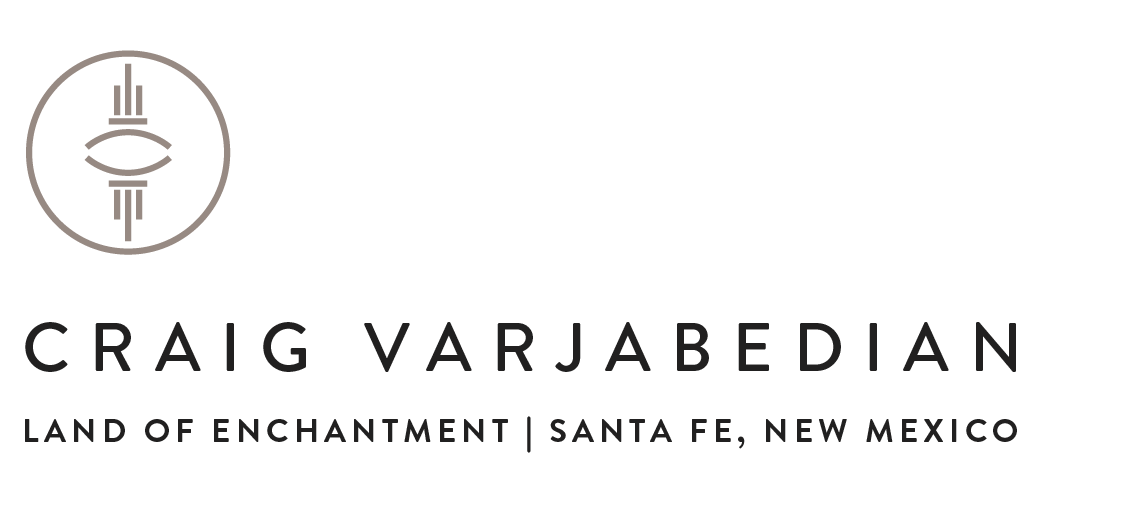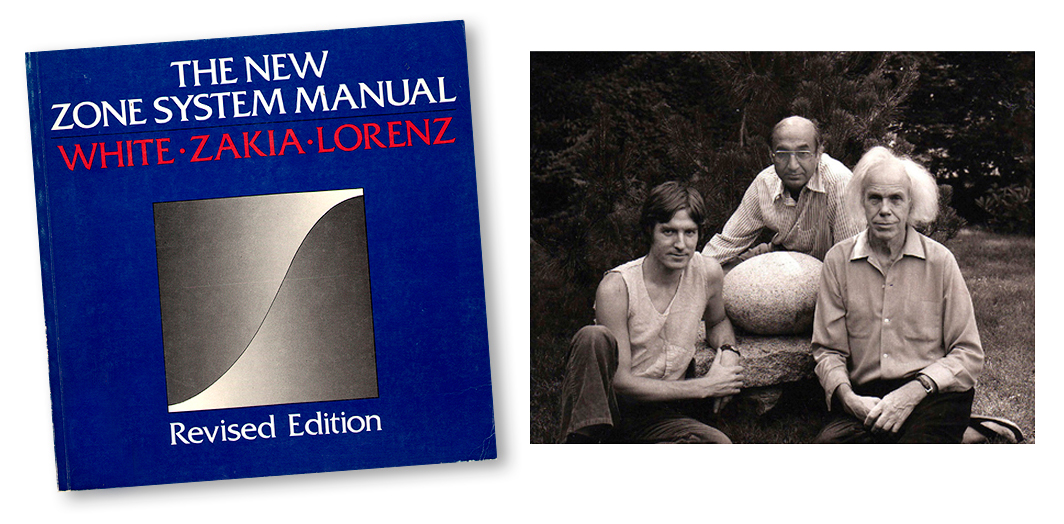Goodbye and Thank you Dr. Zakia
This appreciation originally appeared on this blog in March 2012.
I have been thinking a lot about teachers and teaching lately with the passing of a favorite college professor of mine. Richard D. Zakia, who I had the privilege of studying with when I was a graduate student at the Rochester Institute of Technology, passed away on March 12, 2012 at the age of 87.
Dr. Z, as his students would call him, was amazing in many ways. While he began his work life as a photographic engineer at Eastman Kodak he, luckily for us, came to teaching in 1957, beginning his career at RIT where I later came to know him. He was a man who had his feet planted firmly in two worlds; one in the technical world of photography, being able to explain the nuisances of sensitometry—the study of the action of light and chemistry on photographic materials—and the other planted in the world of aesthetics trying to understand through gestalt psychology and semiotics not only what photographs mean but also why they are visually organized the way they are.
We first met by way of an introduction by a former professor of mine and one of Dr. Z’s heroes Dr. Rudolf Arnheim, a pioneer in the field of visual and gestalt psychology. When I decided to go back to school and get a graduate degree in photography, it was Dr. Arnheim who strongly urged I attend the Rochester Institute of Technology to study with Dr. Zakia.
Dr. Zakia worked with and personally knew many of the heavy hitters in photography, aesthetics and the art world. Rudolf Arnheim, Jerry Uelsman, Pete Turner, Carl Chiarenza, Bruce Davidson, Ralph Hattersley, Mihai Nadin and so many others Zakia could count as friends and colleagues. I remember marveling at stories Z told about his friendship with one of my heroes, the photographer Minor White, who he collaborated with to write the book The New Zone System Manual which gratefully Dr. Z. asked me to help him revise. He had also worked with White to perfect a regretfully unpublished work titled The Visualization Manual which would have provided photographers an exciting way to learn to make better photographs through a series of insightful exercises created by White and carefully edited by Dr. Z.
My days in Rochester seems like only a dream now yet I find that many of the lessons I still recall from that time come by way of Dr. Zakia. I remember once wanting to have my lightmeter “modified” by the then guru of large format photography Fred Picker and his Zone VI Studios. Picker had come up with a way to modify light meters so they would more accurately respond to light in the same way that film does. I thought this would be a terrific idea because, at the time, I was trying to tame the exposure/development relationship and I knew the lightmeter was the weak link in the process. I remember sitting in Dr. Z’s office, on the big sofa that ran along one side of his office, explaining the problems I was having obtaining proper exposures for trees and asking him his thoughts about modifying my light meter. Zakia looked at me curiously, and then said, “Go ask the trees!” He was not being sarcastic or smug. He was trying to teach me that the best answers to such questions could, in the end, be beyond the technical concerns of film, exposure and chemicals and lay somewhere deeper within the subjects themselves.
And I have Dr. Z to thank for my being in New Mexico today. I remember going into school one cold winter morning with a 101 degree fever to take an exam in some long forgotten class. The cold and damp weather in Rochester was taking its toll; this being the 4th time that fall I had suffered from severe cold/flu symptoms. For several weeks I had been contemplating leaving the program and this recent ailment was just about the last straw. I decided to go by Dr. Z’s office after the exam and discuss my decision with him. When I arrived I found the door open but no Dr. Z to be found. I sat down on his couch and decided to wait. As I sat there, watching the snow gently falling outside and going over in my mind what I was going to say, I must have dozed off because next thing I remember was Z gently tapping me on the shoulder. I looked out of the window of his office and noticed that twilight had begun to fall on the snow-covered campus and realized that I must have slept most of the day on Z’s sofa! As I sat rubbing my eyes and trying shake the effects of sleep he asked why I had come to see him. I lamented about the toll the weather was taking on me physically and that I needed a change. Dr. Z asked me where I wanted to go and without missing a beat, I said "New Mexico!" He looked at me for a moment, asked if I had completed all of my class requirements, and after confirming that I had, he miraculously agreed to let me leave Rochester and complete my thesis work, with Z's long distance supervision, in New Mexico.
Years later I had the privilege of taking Dr. Zakia on a whirlwind day trip through northern New Mexico. He had come to Santa Fe to attend a Society of Photographic Education conference and decided to play hooky from the conference for a day and see for himself why I had chosen to move to this beautiful land. I remember a stop we had made along the side of the road, just north of Abiquiú, overlooking the Cerro Pedernal—the anvil shaped mountain that painter Georgia O’Keeffe once exclaimed "It's my private mountain. It belongs to me. God told me if I painted it enough, I could have it." It was a beautiful day and the light was doing some magical things to the landscape and I remember Dr. Z walking over to me with a smile on his face and whispering in my ear, “I now understand why you moved here.”
“The opportunity for closure is important in learning." Dr. Z wrote in the Journal of Aesthetic Education. “Part of the art in teaching is the ability to design a learning situation in which something is left out for the student to discover." I am grateful that Dr. Zakia left many things open for me to find out for myself. He never taught by telling me what to do. He would point and ask questions to help me discover a way to make photography something of my own. I believe that’s what made him a good teacher, a thoughtful man and a good friend too. And while his passing brings closure to a chapter in my life, I hope through my own teaching to pass along many of the lessons he taught me. And knowing the kind of humility that the good professor brought to the classroom, I can imagine the satisfaction he might feel in knowing that his work and his teaching efforts will live on well past his lifetime.







